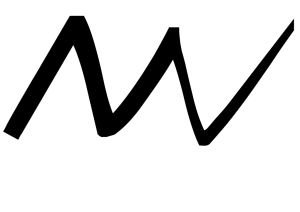Zinc (The Body’s Battery and Healing Force)
Zinc: The Body’s Battery and Healing Force
I think this element has something special to it and intuitively I cannot explain what it is, but there is definitely a necessity that zinc provides to the human body that is essential to human life. Without zinc, in my opinion, human life is a long and stressful battle that you cannot win. Yeah, that’s pretty bold and I’m pretty confident in making that statement considering Zinc’s effects on protein building, DNA replication, healing, and immunity. Let’s start with protein building. Zinc is a metal from the Earth that can be found in a wide range of foods, but only a few of them allow humans to extract zinc and utilize it’s healthy benefits. Zinc is very often coupled with Copper to produce a battery like power source to energize our cells as a battery would do for the inanimate objects of the world. When humans are outside getting some necessary sunlight the light or energy from the sun, known as photons, provides the electrical spark for zinc and copper to do their thing. Grass fed beef and seafood are great sources of zinc that humans can utilize and reap the benefits. Once digested and absorbed, which needs to be a significant amount every day, zinc is involved with numerous biochemical reactions one of which is the production of proteins which also involves vitamins B9 and B12. It helps amino acids form the necessary proteins for daily living. On the topic of daily living, let’s segue into DNA replication. Along with some of the B vitamins, zinc is used in the DNA process to make sure it runs smoothly, efficiently and without errors that cause mutations and therefore illness or decreased immunity. Which takes us to another function of zinc – immunity and healing. An easy sign of zinc deficiency is checking the fingernails for white spots. If you see even one on any of your nails, you should be cautious but not too concerned because that can be fixed. Something to note is that zinc, when combined with oxygen, forms the compound Zinc Oxide which protects our cells from ultraviolet radiation and therefore is used as a protective cover for our DNA and our all too important skin cells. With an excess of zinc, you will see your wounds heal in half the usual recovery time. I say “usual” because it’s estimated that nearly 2 in 7 people worldwide are deficient in zinc, and I’ll bet you it’s even more than that, so most people probably don’t know what the true healing time should be for wounds. Along the same lines as wound healing, our immune system uses zinc daily to fight off pathogens. This yields me to believe zinc is used in the manufacturing of or in conjunction with our macrophages and white blood cells of our immune system. Outside of meat and seafood, 2 of the best sources of zinc are ginger root and by far the best source are oysters with way beyond 100% of our daily value. My ultimate advice is to move to the beach where you can find oysters and zinc shouldn’t be an issue for you, but I can understand if that’s not an option cause you can’t afford a beach house or oysters for that matter. If that’s the case, then I would suggest cleaning up your eating habits and lifestyle and incorporate a little more ginger root in your diet and life won’t be as much of a health struggle as it is for nearly half of the Earth’s current population.

